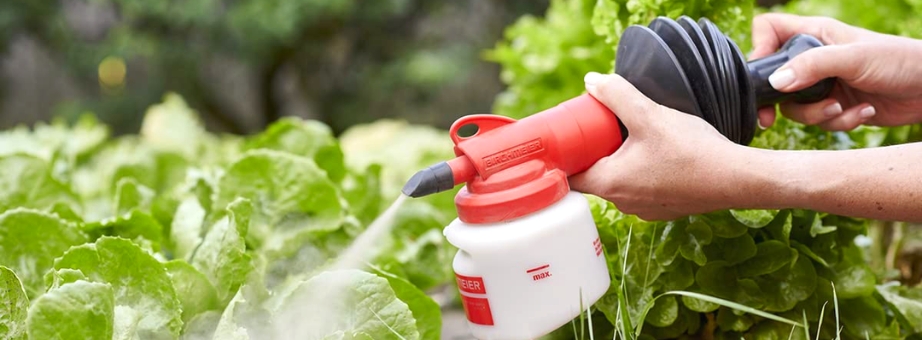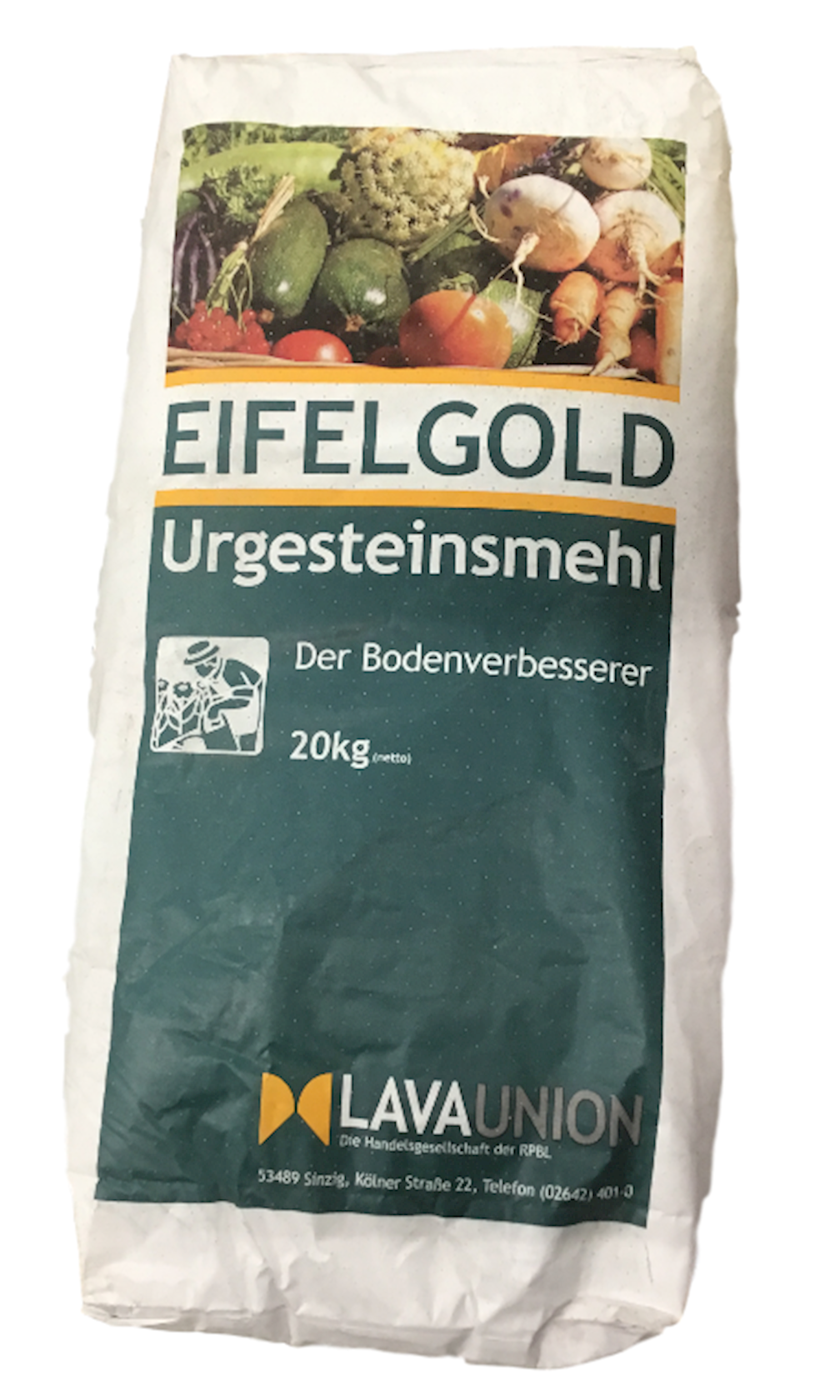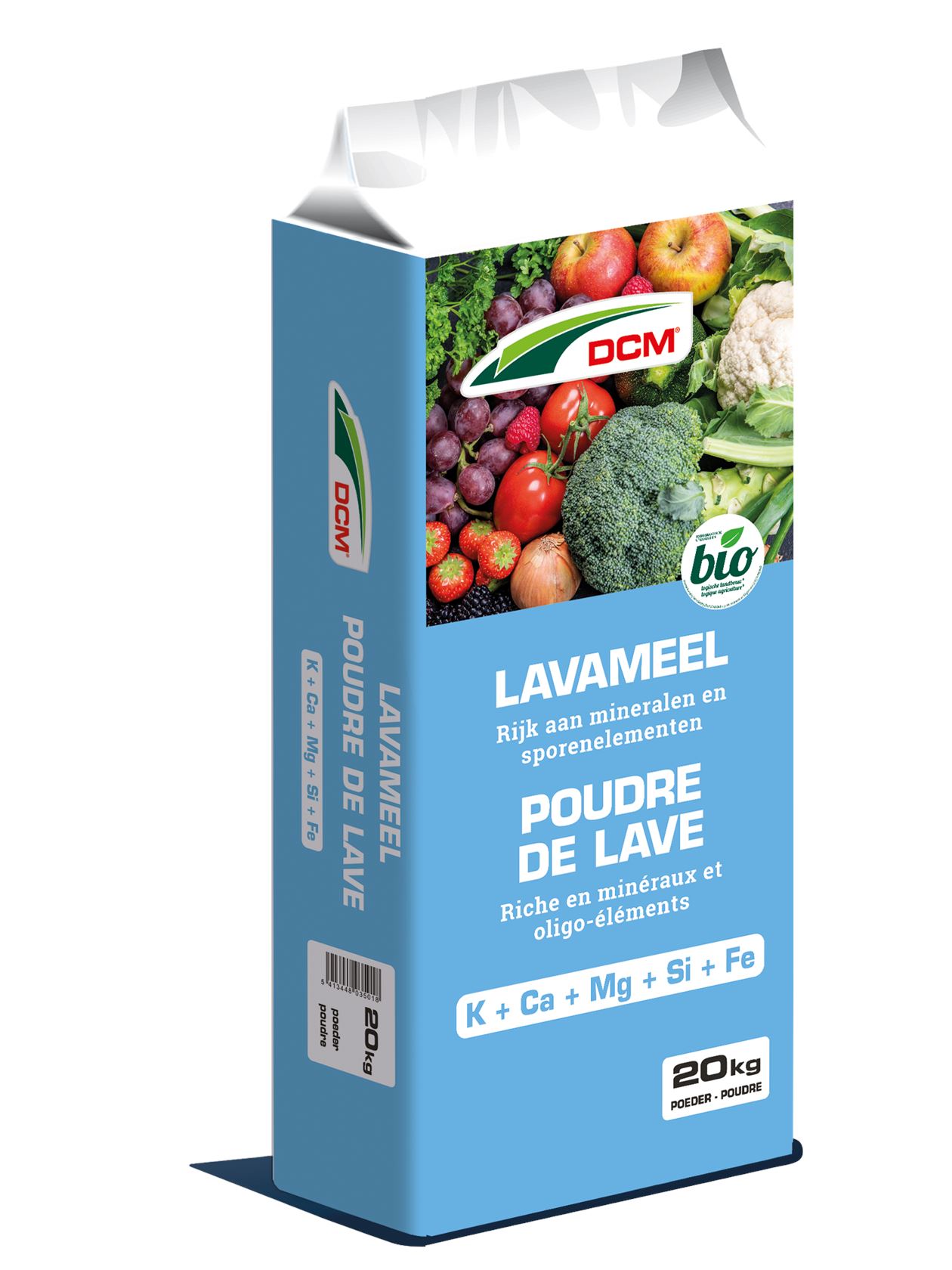Five uses of lava meal: THE natural soil improver and fertiliser
Organic gardeners and plant lovers take note! In this blog, we explain our favourite weapon against fungi and insect pests. But did you know that lava meal can actually do much more? We give no less than five uses, so you can get the most out of your lava meal.
 (922 x 340 px) (2).jpg)
That volcanic origin guarantees an excellent silicon content, which allows your plants to better absorb other nutrients (such as phosphate). Lava meal can therefore be considered an indirect fertiliser. So you can count on a positive effect on your plant's growth and yields.
Tip: do not sprinkle lava meal on acid-loving plants such as rhododendron, azalea, heather or blue hydrangea!
The plant will already naturally deposit a layer of silicon on the leaf when a fungal infection occurs. So, in effect, you are giving the plant a helping hand by adding extra silicon. A natural solution to a natural problem!
Tip: It is best to spray the lava meal on a damp leaf in the evening, otherwise you risk annoying beneficial insects such as bees and bumblebees. The powder sticks better to damp leaves (e.g. after a rain) and when there is little wind.
 (922 x 340 px) (3).jpg)
There is a caveat to this method too, namely that lava meal spraying should only be considered as a preventive solution. If you are already suffering from an insect infestation, beneficial insects and pheromone traps are better suited.
There is an added advantage: after use, you can easily throw the contents of the chicken coop, including the straw, chicken manure and even the leftover lava meal, into the compost bin.
In fact, lava meal turns out to be an excellent additive for compost! This way, you not only clean up your chicken coop, but you also make use of the valuable nutrients contained in lava meal. So a win-win situation for your chickens and your garden! 🐔
1. Lava meal as an effective fertiliser
You can take the word lava meal quite literally. Indeed, this natural product consists of finely ground volcanic rock that comes from a volcanically active area. The Eifel region in Germany is a common example of this.
 (922 x 340 px) (2).jpg)
That volcanic origin guarantees an excellent silicon content, which allows your plants to better absorb other nutrients (such as phosphate). Lava meal can therefore be considered an indirect fertiliser. So you can count on a positive effect on your plant's growth and yields.
2. Lava meal as a lime substitute
If the soil pH is too low, your soil is slightly to heavily acidified. In that case, we recommend that you add pH-boosting soil improvers, such as lime.
An important note here is that lime also extracts some trace elements from the soil, such as manganese. We therefore consider liming to be a valid, albeit temporary, solution for soil fertility.
On the other hand, lava meal will just add trace elements to the soil AND have a pH-boosting effect. The best of both worlds!
Tip: do not sprinkle lava meal on acid-loving plants such as rhododendron, azalea, heather or blue hydrangea!
3. Preventing fungi using lava meal
Lava meal can be used as a fungicide by spraying it on the leaves of the plant. For this, it is best to use a sprayer, because you will not achieve the same result by hand. By spraying lava meal, moisture will be withdrawn from the leaves, giving fungi less chance to manifest themselves.
The plant will already naturally deposit a layer of silicon on the leaf when a fungal infection occurs. So, in effect, you are giving the plant a helping hand by adding extra silicon. A natural solution to a natural problem!
4. Lava flour scares the hell out of insects
Did you know that lava flour provides a physical barrier against insects? Due to its rough texture, insects dry out and are also injured. We recommend completely dusting the leaves, as those pesky insects will often nest at the bottom of the leaves too. 🚫🐛🪳
Tip: It is best to spray the lava meal on a damp leaf in the evening, otherwise you risk annoying beneficial insects such as bees and bumblebees. The powder sticks better to damp leaves (e.g. after a rain) and when there is little wind.
 (922 x 340 px) (3).jpg)
There is a caveat to this method too, namely that lava meal spraying should only be considered as a preventive solution. If you are already suffering from an insect infestation, beneficial insects and pheromone traps are better suited.
5. Lava meal against blood lice in your chicken coop
Finally, lava meal is one of the most effective means of controlling blood lice in a chicken coop. The fine powdery profile of lava meal allows it to penetrate into all nooks and crannies of the coop, where blood lice like to hide during the day.
There is an added advantage: after use, you can easily throw the contents of the chicken coop, including the straw, chicken manure and even the leftover lava meal, into the compost bin.
In fact, lava meal turns out to be an excellent additive for compost! This way, you not only clean up your chicken coop, but you also make use of the valuable nutrients contained in lava meal. So a win-win situation for your chickens and your garden! 🐔
Synopsis
Lava meal is hugely versatile: it is a great fertiliser, lime substitute, fungicide, insect barrier and effective blood lice fighter. A superhero product, then, and a must-have for organic gardeners and plant lovers!

Tip from Marcel
Coarser lava meal is better for soil improvement, while finer lava meal is good for the plants themselves. We have already selected some toppers for you 👇
Read more gardening tips? 👇
More info? Get all our gardening tips delivered straight to your inbox!
We only email you useful facts, green advice and our best promotions & discounts. You'll receive it about once a week and you can unsubscribe at any time. No spam, promised 🤞
















